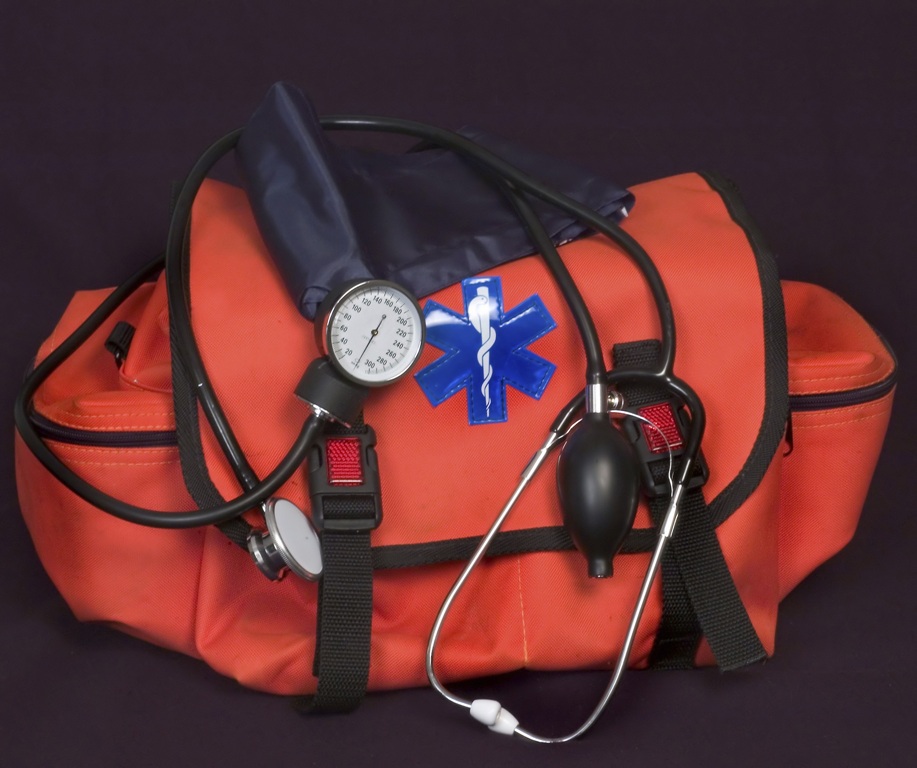NPSTC’s EMS Working Group is currently studying the use of prehospital (EMS) mobile telemedicine. A new nationwide public safety broadband network, called FirstNet, will allow EMTs and paramedics to access a dedicated high-speed data network. This new network will allow secure live video, pictures, text, patient data, and vital signs telemetry to be shared with receiving physicians, hospitals, and trauma centers, in addition to automated crash telemetry sensor data that is becoming standard on many vehicles.
The EMS Working Group is examining the operational use cases for prehospital telemedicine (video and picture images). While the field of video conferencing and multi-media messaging technology is advancing quickly, there is no consensus in the health care community on how it should be used most effectively.
For example, is there a benefit to having a paramedic stream live video of a burn patient to the Emergency Department or is a snapshot picture sufficient to visualize the severity of the injury? Would a video clip of a field stroke assessment be sufficient for the ED or Neuro team or would live video be better? Would pictures or a video clip from an accident scene help the trauma team prepare? Would EMS system medical directors or online medical control physicians prefer to visualize and interact with a diabetic patient in their home before authorizing an EMS crew to not transport the patient for evaluation, or simply to document a refusal?
This questionnaire is one step to help determine how video and images might be used in the prehospital patient care setting. We would greatly appreciate you taking the time to answer a series of short questions to help us identify the different needs of EMS providers, EMS Medical Directors, and Hospital Emergency Department/Trauma Center Physicians/Directors.
Please access the questionnaire using this link:
http://survey.constantcontact.com/survey/a07eaqxapqdi7m52xm2/start
The results of this questionnaire will be incorporated into a formal report on public safety video in EMS and presented to the FirstNet Public Safety Advisory Committee. We will also provide each respondent to this questionnaire with a copy of the report. Please contact us at support@npstc.org if you have any questions or need further information.
This questionnaire will close on Friday, April 24, 2015, at 5:00 PM Pacific Daylight Time.
We would appreciate your forwarding this message to your local EMS agencies, EMS Medical Directors and Hospital ED/Trauma Center directors.
Paul Patrick, EMS Working Group Chair
National Public Safety Telecommunications Council

